The same client device was connected to the Ubiquiti U6-LR and I saw an average o 661Mbps up and 222Mbps downstream at 5 feet; at 45 feet, I measured an average of 142Mbps upstream and 108Mbps downstream. At 70 feet, I suppose you could still browse the web, although barely considering that upstream, it was 6.Mbps and downstream, it was 10.1Mbps.
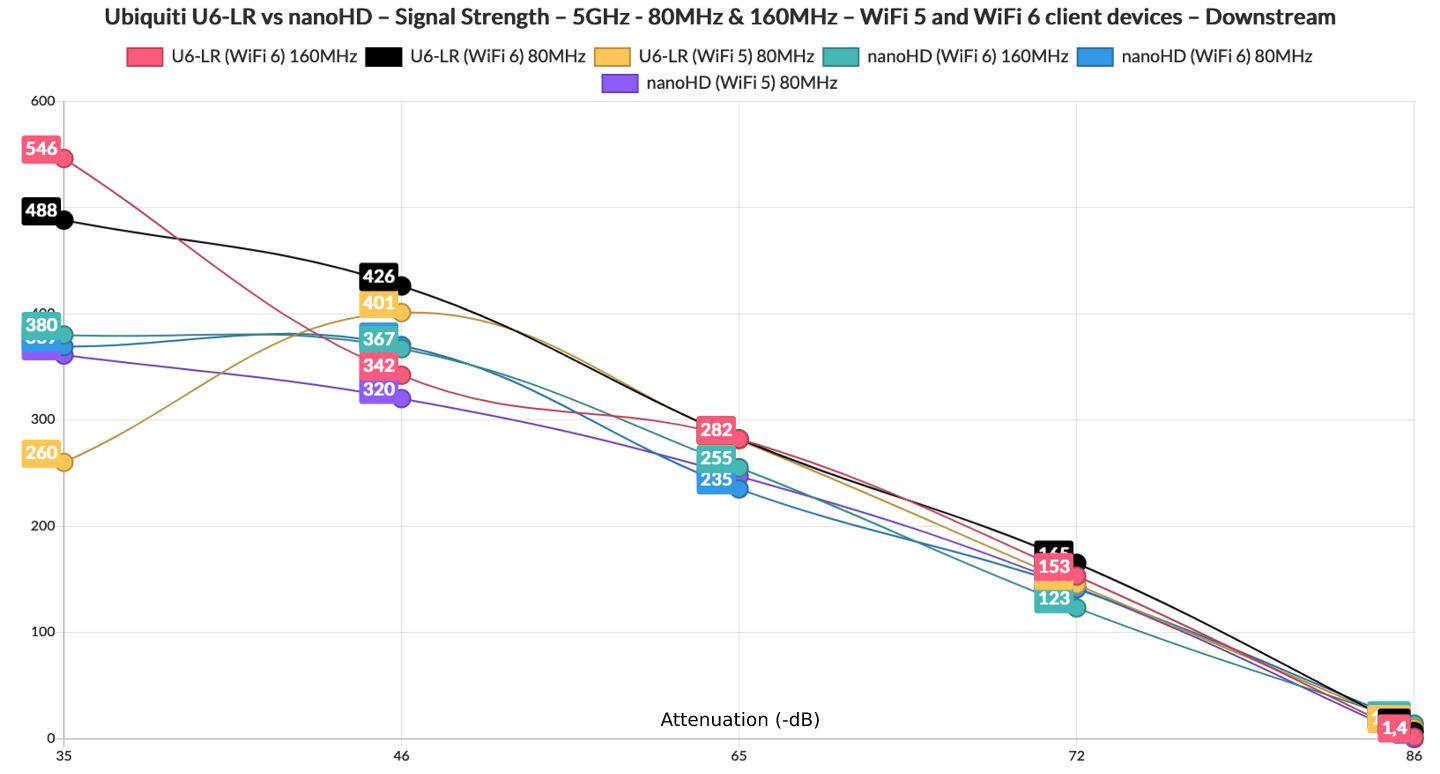
Well, it seems that the U6-LR performed very similarly to the nanoHD, in some places better, in other worse, but overall, there isn’t a very big difference between the two. And I could actually conclude the article here. Get the U6-LR if you have WiFi 6 client devices and the office or building suffers from WiFi congestion, otherwise the nanoHD is still very much relevant even in 2022.
Wireless Test (2.4GHz)
I am fairly sure that a lot of people know that the Ubiquiti U6-LR is not performing that great on the 2.4GHz band, but is the nanoHD actually better?
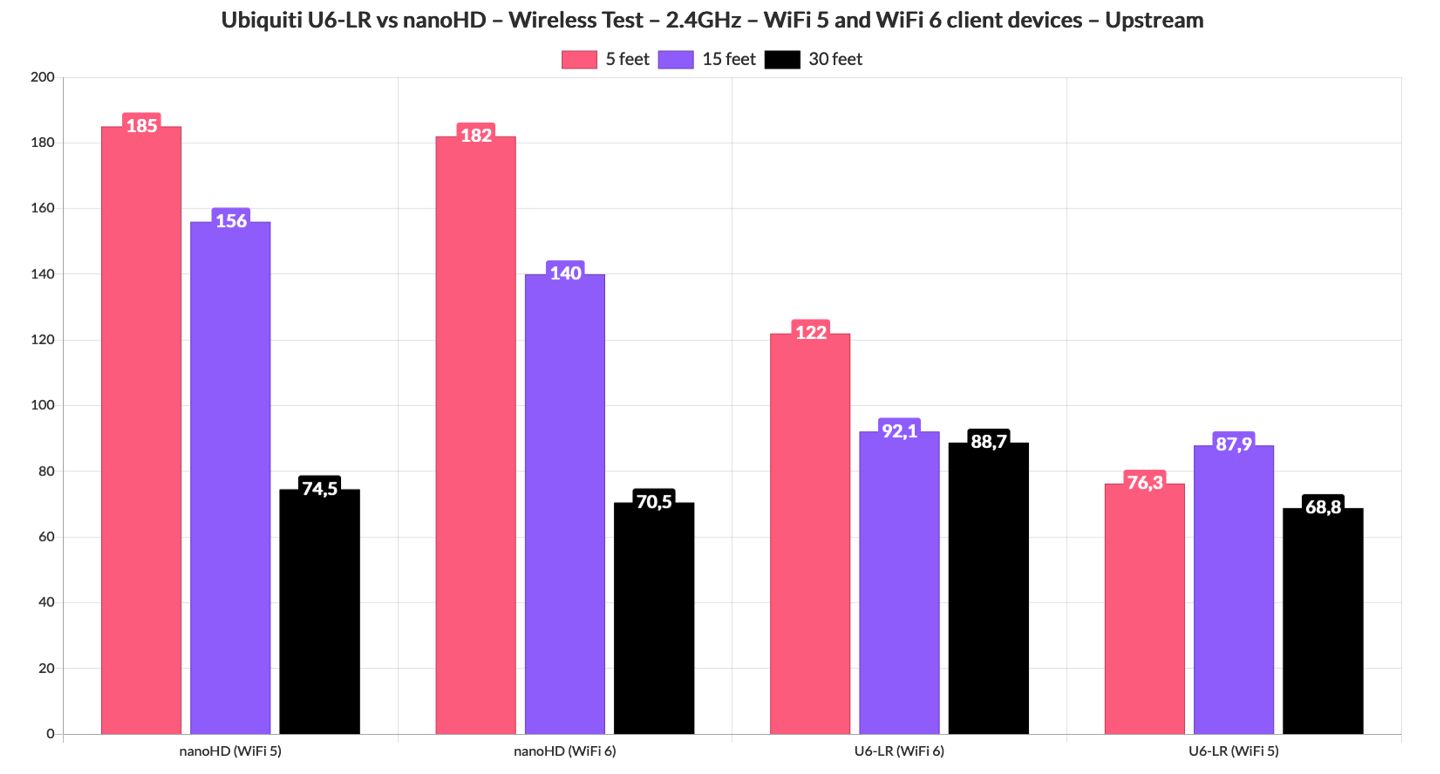
After connecting a client device (the same AX200) to the 2.4GHz network of the U6-LR (40MHz), I saw an average of 122Mbps up and 84.8Mbps downstream, which is not that great if you have demanding devices that rely on the 2.4GHz WiFi (you shouldn’t but they’re still too common). At 30 feet, it was 88.7Mbps upstream and 76.1Mbps downstream.
If you read the dedicated article, you could see that even at 70 feet, we still get a decent performance, even if not the highest throughput, so the coverage is good. The nanoHD performed a bit better, a lot actually. At 5 feet, the throughput was 182Mbps up and 171Mbps downstream. At 30 feet, it was 70.5Mbps upstream, and 40.7Mbps downstream.
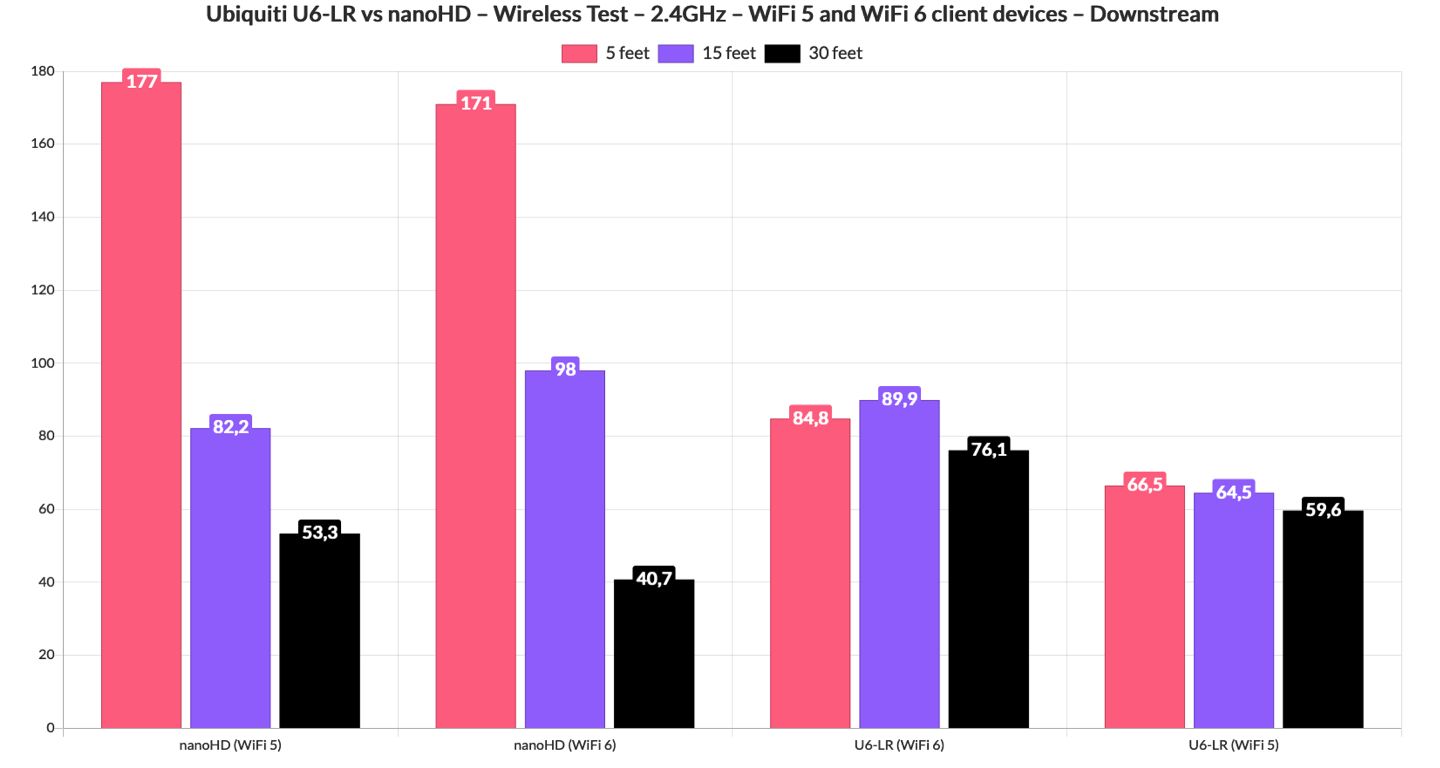
So the signal strength is more easily impacted at bigger distances than 30 feet – I haven’t yet retested this part, but I will if there’s demand for it.
The Software
Both the Ubiquiti nanoHD and the U6-LR have a standalone mode, but Ubiquiti really wants you to use UniFi, which is probably the best controller out there, so they added some extra steps to what would usually be just the action of inserting the IP address in the URL bar of any browser.
You need to use a mobile app called the UniFi Network and you do get some degree of control on how the APs will behave, but it’s obviously better just to use UniFi.
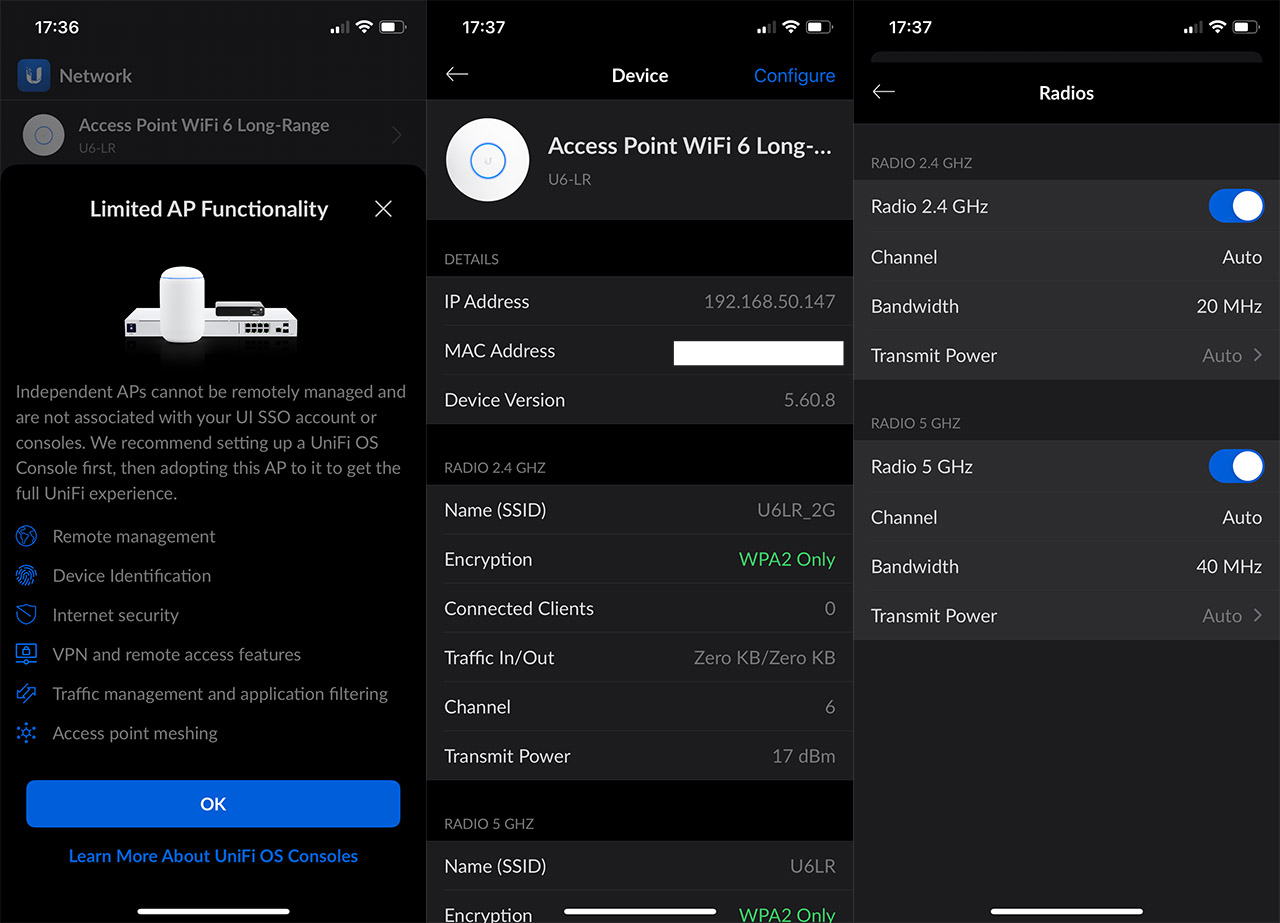
You can rely on the Cloud, run an instance on a server or just on a PC, but be aware that if you have a large network that needs to be constantly monitored, the controller needs to be up 24/7. There is no actual difference between the settings that you get for each access point after having them paired, so expect the same general settings for provisioning and then you can check the settings of each device individually by tapping on the name of the access point and opening the window on the right side.
It’s worth mentioning that it’s a design concept that also inspired the Omada controller from TP-Link. That being said, overall, the UniFi experience is pretty much the same on both the Ubiquiti U6-LR and the nanoHD, so they’re tied in this regard.
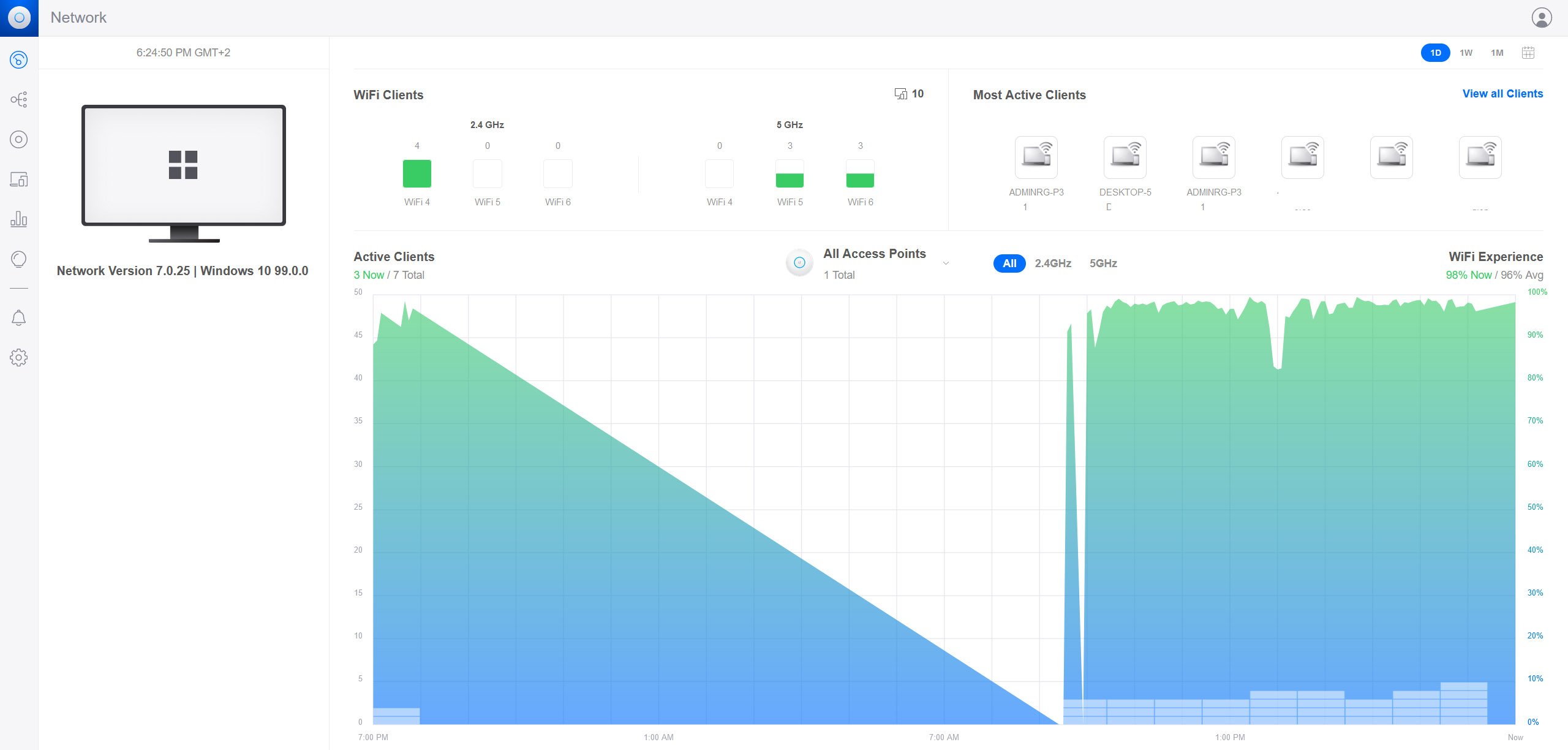
The Conclusion
The conclusion is pretty simple in this case. If you don’t have lots of WiFi 6 client devices in your network, the area is not very busy with a huge number of APs broadcasting their signal and you do have some fairly demanding 2.4GHz devices around, then the Ubiquity nanoHD is still a very good choice even today.
As you saw in the test sections, the Ubiquiti U6-LR can make a difference in certain conditions, if compatible client devices are actually being used in the network, while the 2.4GHz radio is being left only for IoT products. So there you have it, two access points from separate generations that can still compete for the same market share, which is why the Wi-Fi 6 remains such a strange standard. I can’t wait to see the wider adoption of the 6GHz radio which will be an actual game-changer.

Mark is a graduate in Computer Science, having gathered valuable experience over the years working in IT as a programmer. Mark is also the main tech writer for MBReviews.com, covering not only his passion, the networking devices, but also other cool electronic gadgets that you may find useful for your every day life.
